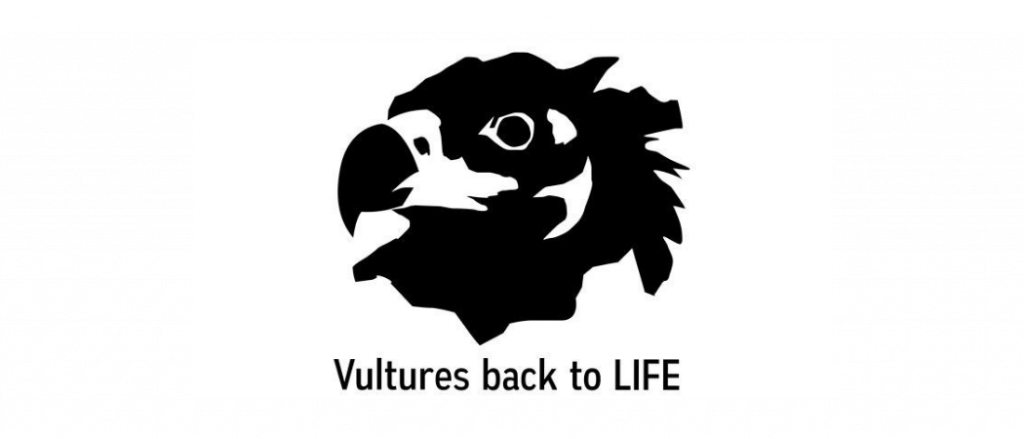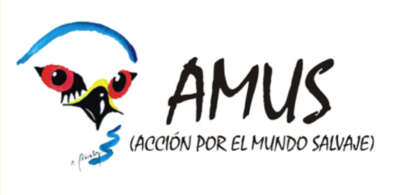An additional batch of Spanish Cinereous Vultures is on their way to Bulgaria once again for the last transport of the Vultures Back to LIFE project. These birds will play a vital role in the efforts to reintroduce the species in the country.
Securing Spanish Cinereous Vultures for reintroduction project
Every year, several Cinereous Vultures that hatch in the wild in Extremadura, Spain, suffer from malnutrition and weakness. Rescue missions provide a lifeline for these young and inexperienced vultures. Wildlife rehabilitation centres, like Los Hornos, receive these wild birds in the hope to nurse them back to health for their eventual return to the wild. Some of these birds even get the opportunity to contribute to the conservation of their own species beyond Spain!
For the past few years, the Junta de Extremadura has been donating several rescued Cinereous Vultures to the Vultures Back to LIFE project, which aims to reintroduce the species in Bulgaria. This year, they donated an additional ten individuals, all juveniles that hatched in 2021, bringing the total number of Spanish Cinereous Vultures secured for this project to 69. After birds make a full recovery, they enter the wildlife rehabilitation centre AMUS, which has specialized facilities for the vultures to spend a pre-transport quarantine period and undergo some required health checks.
The journey from Spain to Bulgaria begins



After several months of efforts and preparations, the ten Cinereous Vultures were finally ready for their transport, coordinated by the Vulture Conservation Foundation. On Tuesday, 3 March 2022, the staff performed the last checks on the vultures and carefully placed them in the specialist animal transportation vehicle, which is suited for their comfort and safety. The vultures then left Extremadura, beginning their journey to Bulgaria, their new home. Over the next three days, they will travel 4000 km, passing through France, Italy, Slovenia, Hungary and Romania, before arriving at their destination. You can track their journey online.


Once the ten Cinereous Vultures arrive, the project team will re-examine their health and place them in acclimatization aviaries to get used to their new home. The local project partners at the Green Balkans and Fund for Wild Flora and Fauna will then release them into the wild in the coming months at Vrachanski Balkan Nature Park in the Balkan Mountains, Central Bulgaria.
A big thank you to Mark Constantine and Mo Constantine, co-founders of Lush, for covering the transportation costs.
Update 5 May 2022
After travelling for 47 hours from Extremadura, covering 4,000 km and crossing several countries along the way, the vultures arrived safe and sound in Bulgaria!
Upon arrival, our local partners from the Green Balkans and Fund for Wild Flora and Fauna checked the state of the birds to make sure they are healthy, equipped them with unique identification rings and collected blood samples.
The project team then proceeded to release them in an acclimatization aviary. There, they will spend the next few months getting used to their new home, and preparing for their eventual release in the wild.
All vultures seem to be doing well so far. We hope they have a bright future ahead, and one day breed themselves in their new home!
A dream come true: the return of the Cinereous Vulture in Bulgaria
The Cinereous Vulture’s recent return as a breeding species in Bulgaria is only possible thanks to Spain’s support, which has the world’s largest population of this species. Home to around 2,500 breeding pairs, with more than half of them in Extremadura, Spain generously donates certain birds to reintroduction projects in Europe, including Bulgaria.
To achieve the return of the Cinereous Vulture as a nesting species, the Vultures Back to LIFE project started in 2015. The first three Cinereous Vultures — all captive-bred — were reintroduced in 2018, and 2019 saw the release of the first birds from Spain. Fast forward to today, the project already released over 50 Cinereous Vultures into the wild, leading to the successful establishment of local nuclei in the two distinct sites in Bulgaria – the Eastern Balkan Mountains and the Vrachanski Balkan Nature Park.
Thanks to these releases and other targeted conservation actions, the Cinereous Vulture returned as a breeding species in Bulgaria last year, 28 years since it was declared extinct. So far, six pairs have already formed and two chicks have hatched, making Bulgaria the second country in the Balkans after Greece, where the species is breeding.
To stay tuned with the project and the ten Cinereous Vultures, please follow us on Facebook and Twitter.
The Vultures Back to LIFE project

Led by Green Balkans in collaboration with the Fund for Wild Flora and Fauna, Vulture Conservation Foundation, Junta de Extremadura and Euronatur, the Vultures Back to LIFE project aims to reintroduce the Cinereous or Eurasian Black Vulture to Bulgaria. The team will transfer and release into the wild around 60 birds, some coming from captive-breeding backgrounds but mostly from Spanish wildlife rehabilitation centres. The project will also create supplementary feeding stations, increase populations of wild herbivores, improve nesting conditions and tackle some of the major threats to support the return of the species.





